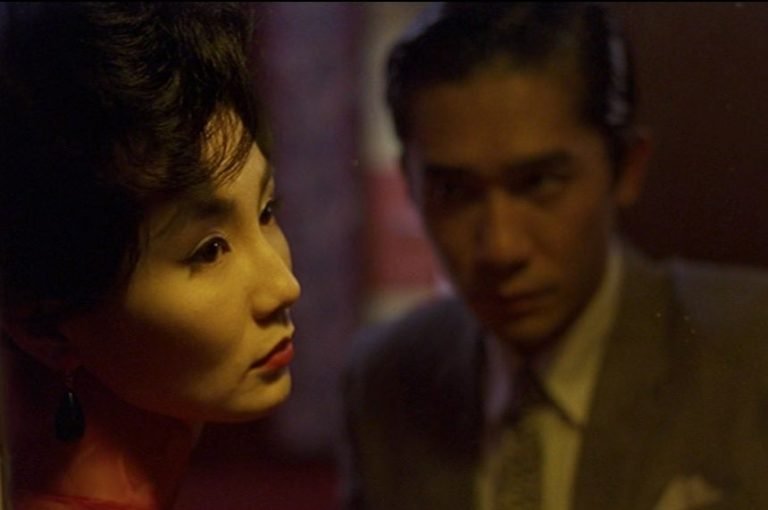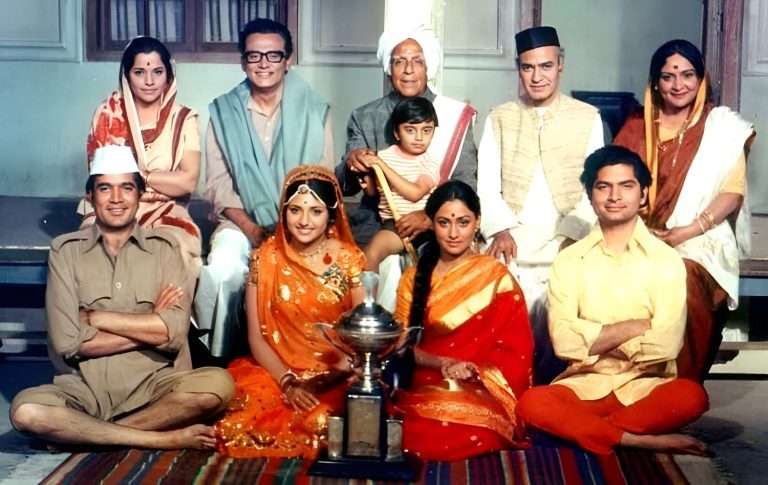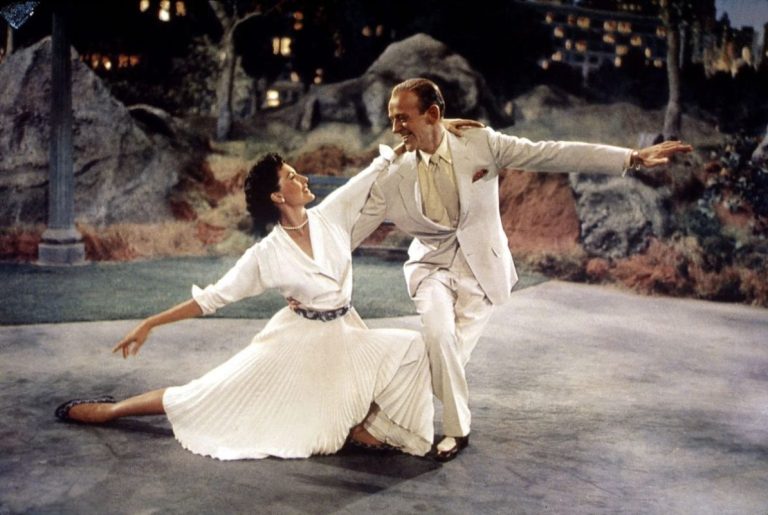Analyzing ‘All of Us Strangers’: Loosely based on the 1987 novel “Strangers” by Taichi Yamada, “All of Us Strangers,” written and directed by Andrew Haigh, is a fantasy romance drama that constantly oscillates between dream and reality, blurring the lines between them. The plot revolves around a television screenwriter, Adam (Andrew Scott), who lives in a skyscraper in London, torn by his existential angst. He is a victim of a lonely suburban existence, also undergoing writer’s block, leading a mundane life, and spending most of his time lying on his couch eating crisps while staring at the skyline from his window.
One day, he meets his drunk neighbor Harry(Paul Mescal), who is also weary of the emptiness of urban life and yearns for his company, but Adam declines the offer and shuts the door. The scene cuts to the following day when we see Adam attempting to write something about his childhood. “EXT Suburban House 1987,” he types, and we immediately see him on a train heading to the suburbs. Here onwards, the film unravels Adam’s inner world, which is mostly a figment of his imagination or dreams.
The Interpretation of Dreams is an 1899 book by Sigmund Freud, who introduces us to the theory of the unconscious with respect to dream interpretation. Freud proposed that dreams could provide valuable insight into an individual’s unconscious desires and conflicts. Dreams are a form of “wish fulfillment” as they represent the unconscious desires that our conscious mind represses.
Freud’s theory seems highly feasible in analyzing Adam’s world of dreams. Through Adam’s world of dreams, we see that he has had a turbulent childhood due to the untimely death of his parents as a result of an accident. He thereby always longs for their company since he wishes to tell them about his journey of growing up, open up to them regarding his homosexuality, and mostly experience the feeling of home.
As a child, after the accident, he never got a proper closure. His grandmother kept him away from his parents, believing it would be a scarring experience for a child his age back then, so he couldn’t say goodbye to them. But at times, it’s important to come to terms with the harsh realities to move ahead in life. Though Adam has grown up into an adult, his mind is still fixated on the childhood memories of his parents.
From the deepest corners of his mind, repressed memories of the time he spent with his parents often resurface. To fulfill his unfulfilled wishes, he travels on a train to his world of dreams, which is a significant source of his wish fulfillment, as Freud stated in his theory. The train in the film stands as a metaphor for a time machine or a cosmic medium that transports him to a parallel world.
Freud used a technique called free association to uncover the latent content of dreams. In this process, a person says whatever comes to mind about a dream’s element, leading to insights about the unconscious wishes the dream represents. Adam’s interactions with his parents, who appear perpetually frozen in time, starkly illustrate Freudian concepts of denial and regression.
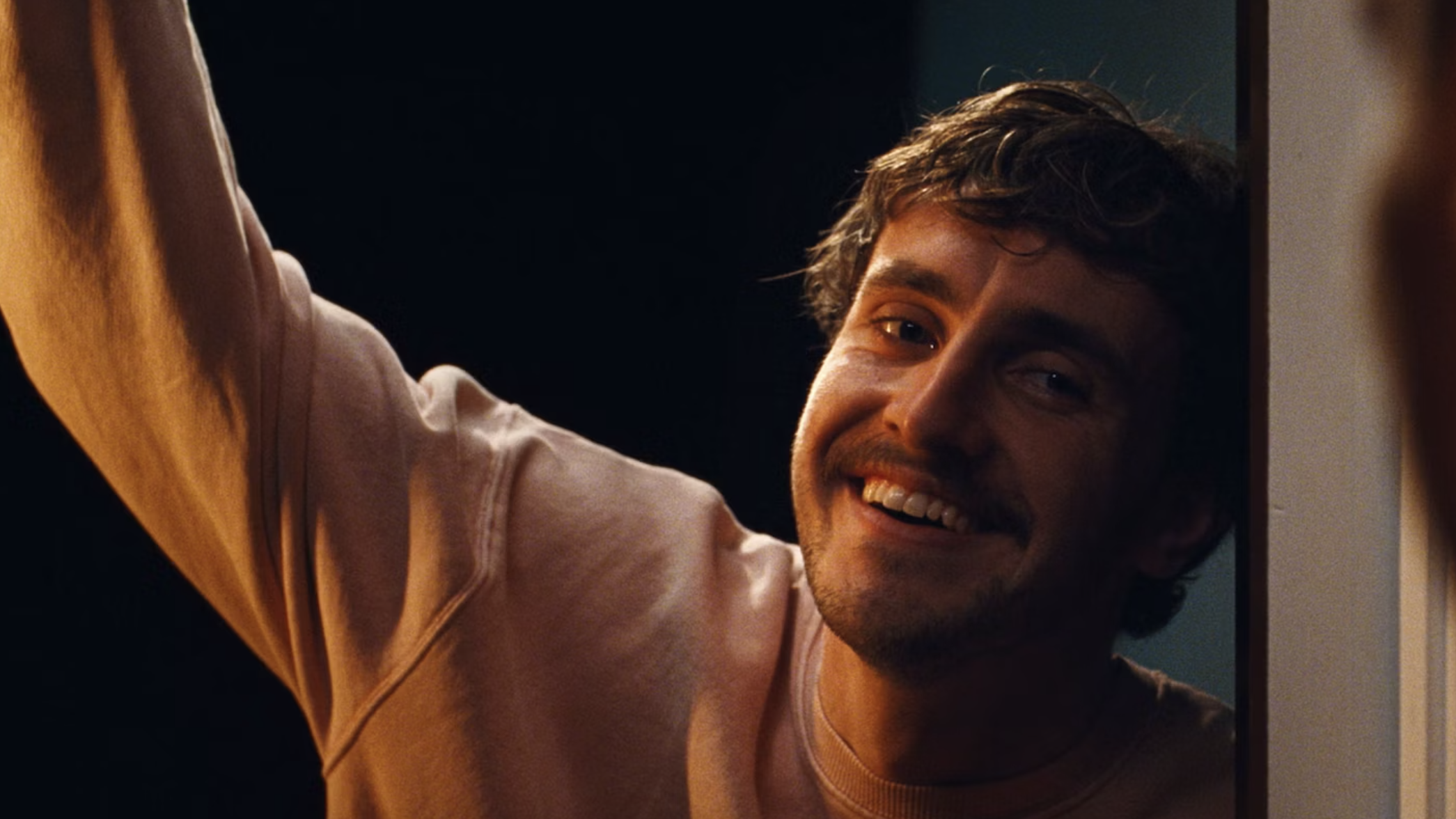
The absence of any temporal change reinforces Adam’s desperate attempt to avoid the pain of loss. He assumes, through his dreams, his parent’s reaction regarding his homosexuality. Being a small-town family of the 1980s, his mother (Claire Foy) doesn’t seem pleased when Adam first confesses his sexual preference. She thinks, “It’s a very lonely kind of life” her son has chosen, while Adam counters that he may be lonely, but it’s not because he’s gay.
A subsequent conversation with his father reveals that Adam’s differences were apparent from a young age. Struggling with basic masculine skills like throwing a ball, Adam stood out from his peers. This early insight made his father more receptive to his son’s homosexuality when it was eventually disclosed by his mother. When Adam asks his father why he never said anything despite hearing his son sobbing in his room, his father admits that he would have picked on Adam like the other kids at school if he was of the same age.
Freud believed that the latent content of a dream refers to the hidden, symbolic, and unconscious meanings or themes behind the events of a dream. This contrasts the manifest content, which is the actual storyline or events that occur in the dream as the dreamer remembers them. Adam’s conversations with his parents in his dreams have embedded themes of ignorance and homophobia exuded by both his parents. He was deprived of proper love and care ever since childhood, which left in him a void that he desperately seeks to fill by frequent meet-ups with his parents in his imagination.
In a parallel plot, another story brews between Adam and Harry, possibly his only neighbor whom he shunned the previous day. Adam’s conversations with Harry initially feel rooted in reality until the twist in the end, where we discover that Adam’s intimacy with Harry, too, is an element of his dreams. Harry is another homosexual, estranged from his family since they don’t accept him the way he is. Despite their differences, both characters share a profound longing for love rooted in their shared experience of parental neglect.
There’s a significant scene where we see adult Adam snuggling between his parents since he couldn’t sleep at night. The camera shifts to one side so that only Adam and his mother are in the frame. His mother talks about how this has been a habit of Adam ever since childhood, when he was always scared of murderers breaking in, rabies, or nuclear war and, therefore, couldn’t sleep.
At the same time, Adam turns the conversation to how he used to plot everything out as to where they would have vacationed together during his twenties. The frame, when it moves back, we see Adam’s father replaced by Harry, who grabs his shoulder and comes in for a kiss. ‘Transference’ is a process in Freud’s theory where the feelings and desires that the individual has towards significant people in their life are transferred onto the therapist, in this case, the character of Harry, who Adam shapes in such a manner that he meets his emotional quotient.
Throughout “All of Us Strangers,” the characters appear and disappear like reflections emerging from Adam’s silhouette, sometimes reversing the process and seemingly merging into one being. This process is termed ‘Condensation’ by Freud, where several ideas or people are combined into a single dream object or event. Adam’s dreams about his childhood. Harry is the condensation of his alienation, his fear of not remembering his past enough, as it’s only in his memories that he finds his parents alive and possibly talks to them by relocating his memories in the present through his dreams.
Adam engages in secondary elaboration, a Freudian concept describing the mind’s creation of a seemingly coherent narrative from disparate dream images. This process involves constructing a storyline that connects dream elements, further disguising the underlying unconscious desires. Adam manages to add intricate details by weaving conversations with his parents in his dreams. He shares with them about his love interest in Harry, and while initially they seem hesitant, eventually they approve of the relationship.
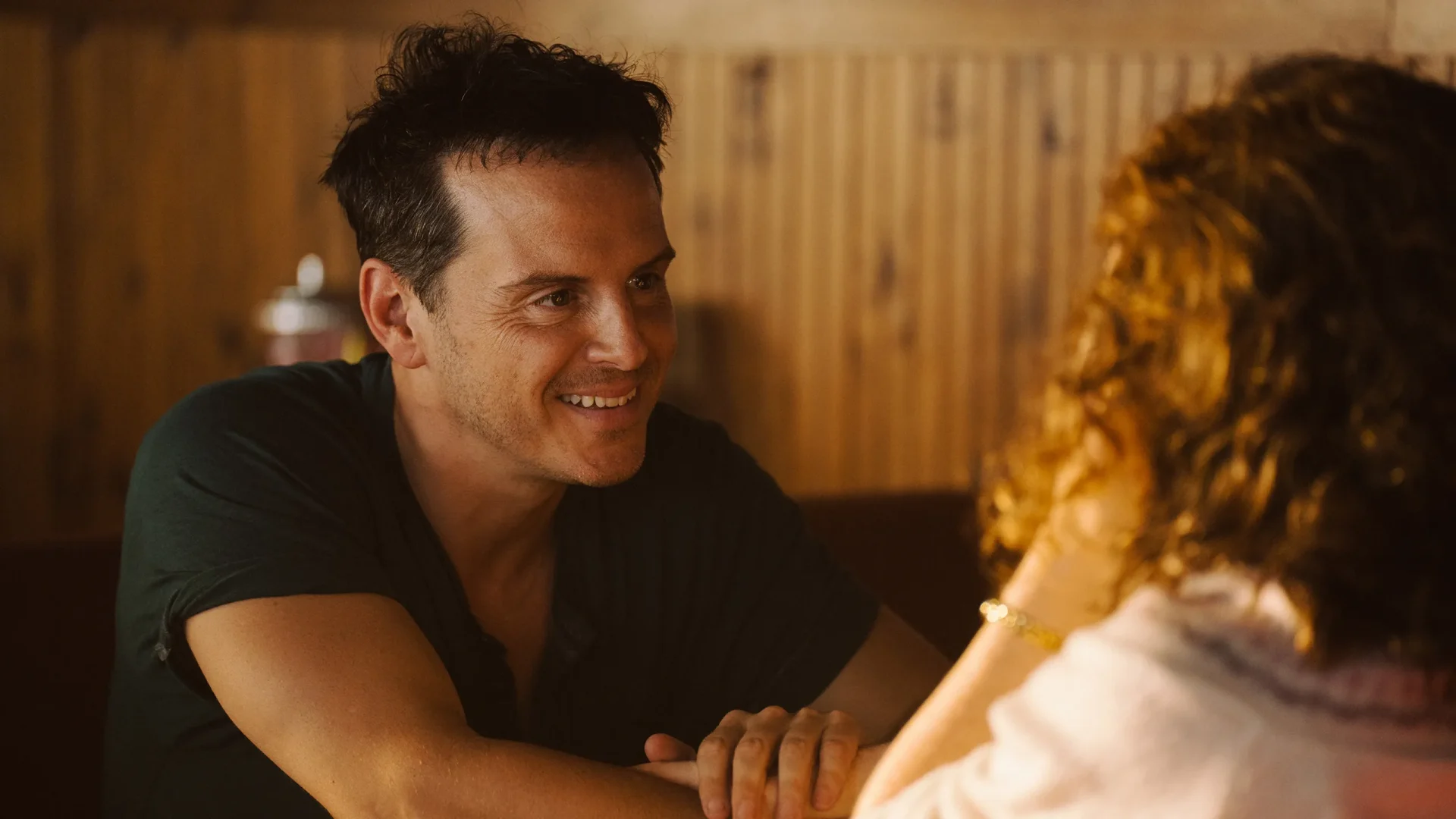
In his dreams, he gets the closure he didn’t get from his parents in real life by visiting his favorite restaurant with them for one last time. They tell him that he must let go of them to find happiness in life. Before leaving, they inquire about the circumstances of their death from Adam, and then tearfully, after reaffirming their love towards each other, they vanish. Dreams thus act as a medium of catharsis for Adam.
The entire movie feels like a dream or a reality extended into a dream. Andrew Haigh uses dreams as a recurrent trope in his narrative because, like Harry, he too perhaps felt like a stranger in his house, and maybe dreams seemed to be the best means to cope with this eternal void. In one of the interviews, Haigh states, “I think there are lots of things that I’m sort of throwing into this film about a child-which is still me- wanting to talk to his parents.” He channeled his longing to bond or exchange conversation with his parents in the character of Adam.
Adam’s questioning of reality intensifies in a conversation with his mother. He asks, “Is this real?” to which she enigmatically replies, “Does it feel real?” This exchange mirrors the audience’s own disorientation as they navigate a world that feels simultaneously tangible and illusory. The film ultimately suggests reality itself is a constructed narrative that is fluid and open to interpretation.
Adam’s discovery of Harry’s lifeless body in the bathtub, clutching the same wine bottle from the night of his rejection, is a haunting tableau. The subsequent appearance of Harry, echoing the earlier plea for companionship, suggests a powerful undercurrent of guilt in Adam’s dream. Had Adam opened the door that night, Harry’s fate might have been different, and this haunting possibility seems to have manifested in the dream’s narrative.
The way Harry died is fuzzy. Eventually, the two men curl up next to each other in bed while “The Power of Love” by Frankie Goes to Hollywood plays in the background. The camera shifts to a warm glow that engulfs them; they merge into a single being, and the glow diminishes into a pinprick of light shining in a night sky accompanied by other lights.
In their last conversation, Harry tells Adam, “I am scared,” while Adam replies, “I know, but I am here with you,” which might be an implication that he amends for his unkind behavior in the past through his dreams. The film vehemently explicates the shades of loneliness using shades of blue in its color palette, placing it both in temporal and spiritual time and space, exploring its devastating impact on people afflicted by it.
Subtly, the film asserts the importance of love and care, which possess the power to comfort people from the pangs of their grief that plague them. It urges us to refrain from being strangers and instead be there for each other by helping each other to heal and thrive. Therefore, Adam’s world of dreams and desires are manifestations of a feeling of emptiness that engulfs a modern man stuck in banal urbanity.


